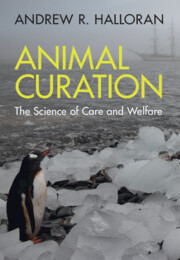Book contents
2 - The Species-Specifics of Thriving
from Part I - Thriving
Published online by Cambridge University Press: 20 November 2025
Summary
Thriving is uniquely manifested across different animal species. This chapter emphasises that each species has evolved distinct physiological and psychological mechanisms tailored to their specific environmental interactions, which are crucial for their ability to thrive.
The chapter outlines how these species-specific traits dictate the natural behaviours and cognitive functions of animals, highlighting the importance of understanding these unique characteristics to ensure proper care and welfare in captivity. It discusses the challenges and barriers each species may face in artificial environments and how these can be mitigated to support their well-being.
Furthermore, the chapter explores the concept of ‘thriving’ not just as survival but as a holistic state where an animal’s physiological, psychological, and ecological needs are fully met. This includes the ability to exhibit natural behaviours and interact with the environment in a way that promotes their overall health and vitality.
By providing a detailed analysis of species-specific thriving, this chapter serves as a crucial foundation for developing effective animal welfare practices that are tailored to the unique needs of each species, ensuring that they not only survive but truly thrive in human care.
Keywords
Information
- Type
- Chapter
- Information
- Animal CurationThe Science of Care and Welfare, pp. 38 - 49Publisher: Cambridge University PressPrint publication year: 2025
